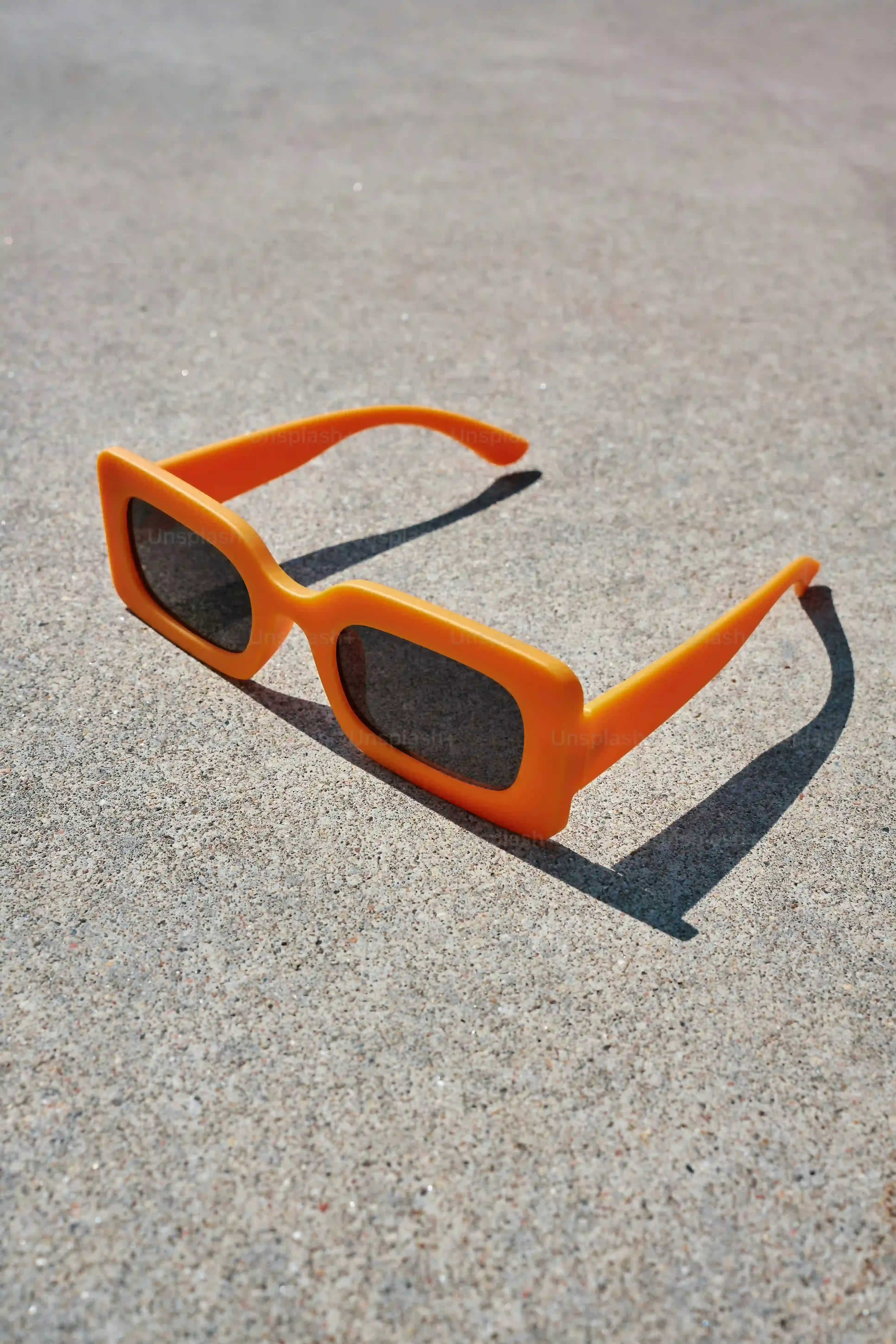Table of Contents
Walk down any street, flip through a magazine, or binge-watch a classic film, and chances are you’ll spot them: aviator sunglasses. These aren't just eyewear; they're a statement, a piece of history perched right on your nose. Originally designed for pilots needing serious eye protection in the vast, blinding sky, aviator sunglasses quickly flew out of the cockpit and into mainstream fashion, becoming synonymous with cool, confidence, and a touch of rebellion. But with countless brands, styles, and price points flooding the market, picking the right pair of aviator sunglasses can feel less like a style upgrade and more like navigating a minefield. Are you getting genuine quality or just flimsy metal and cheap plastic lenses? What makes one pair worth significantly more than another? This article cuts through the noise. We'll trace the fascinating journey of these iconic shades, break down what makes a quality pair, help you figure out which style suits you best, point you towards some top-notch brands, and even share tips on keeping your beloved aviators looking sharp for years to come. Get ready to find the perfect pair that doesn't just look good, but feels right.
Why Aviator Sunglasses Became an Icon: A Look Back
Why Aviator Sunglasses Became an Icon: A Look Back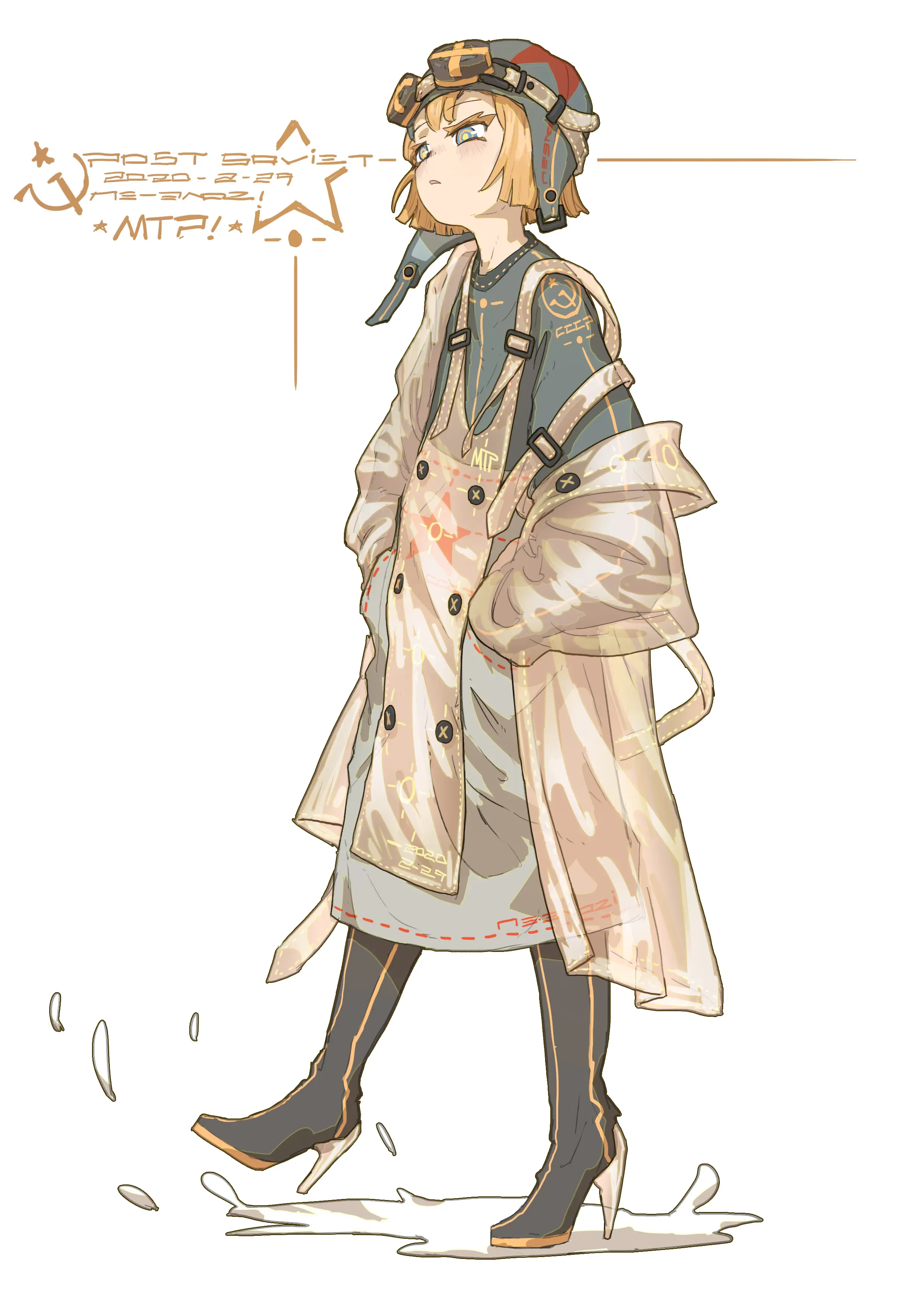
You know, it's wild how some things just stick around, right? Aviator sunglasses are a perfect example. They didn't start life on a runway or a movie set; they were born out of necessity, high in the sky. Back in the 1930s, pilots were flying higher and further than ever before, and the intense glare at those altitudes was a real problem, causing headaches and nausea. The military needed something better than the clumsy goggles they had. So, Bausch & Lomb, the company that later became Ray-Ban, developed these large, teardrop-shaped lenses designed to cover a pilot's entire field of vision, blocking harsh light while offering incredible clarity. They called them "Anti-Glare" glasses initially, but the pilots who wore them, the aviators, gave them their enduring name. They were purely functional gear, built tough for demanding conditions.
The Anatomy of Classic Aviator Sunglasses: What to Look For
The Anatomy of Classic Aviator Sunglasses: What to Look For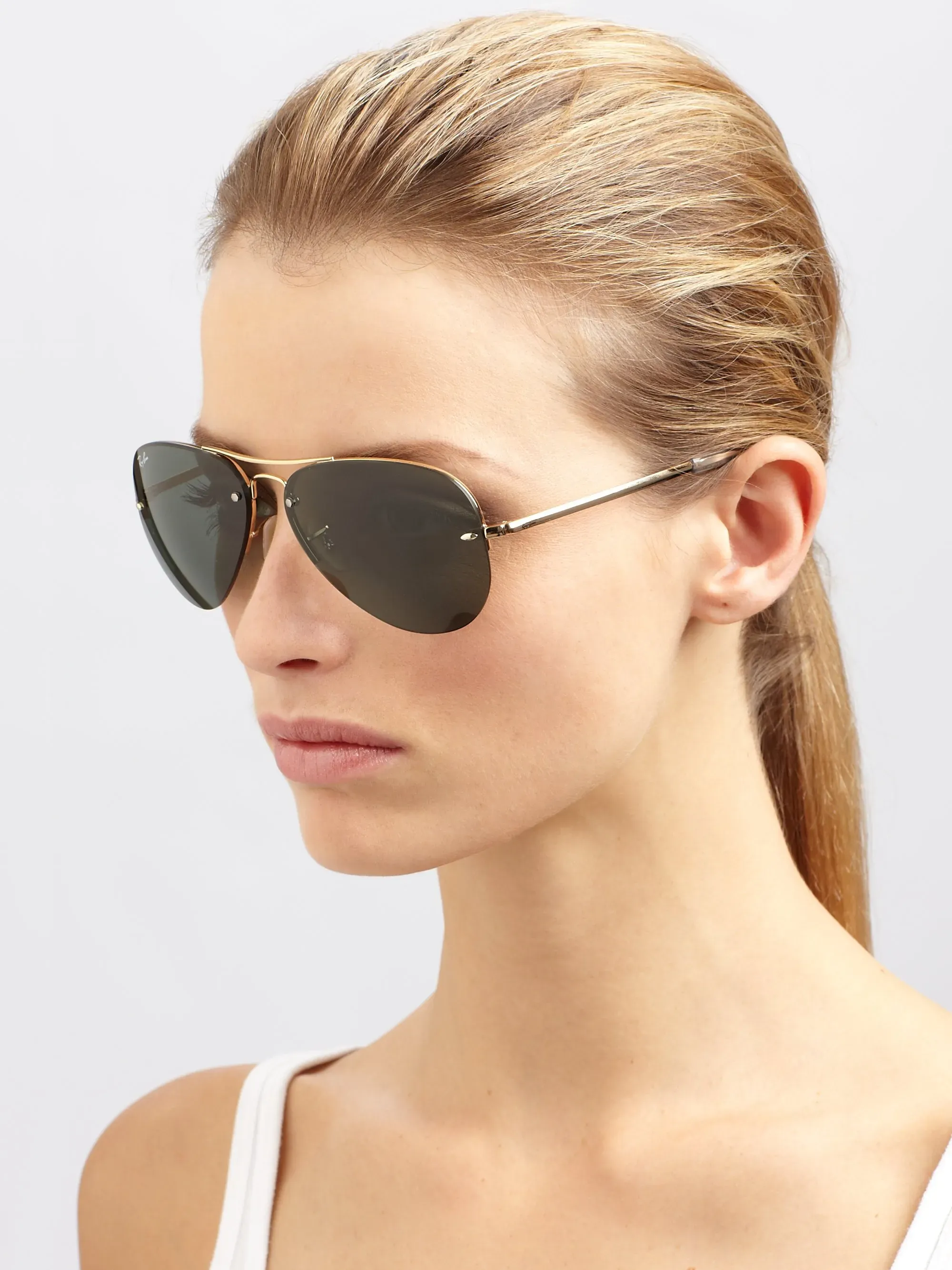
Frames: More Than Just Metal
so you've seen them everywhere, but what actually makes a pair of aviator sunglasses tick? Let's start with the frame. A classic aviator frame is typically thin metal, often a gold, silver, or gunmetal color. It's designed to be lightweight but surprisingly sturdy. The key feature is that distinctive double or sometimes triple bridge across the nose. This wasn't just for looks back in the day; it added structural integrity and helped keep the large lenses stable during flight maneuvers. Look for frames made from materials like monel, a nickel-copper alloy, or stainless steel. These materials resist corrosion, which is pretty important if you plan on, you know, sweating or being near salt water. Cheap frames bend easily and lose their shape, feeling flimsy right out of the box. A quality frame feels solid but not heavy.
Lenses: The Windows to the World (or Just Your Eyes)
Now, the lenses. This is where a lot of the magic happens, and also where corners get cut. Classic aviator lenses have that signature oversized, slightly convex teardrop shape. This shape isn't arbitrary; it's designed to provide maximum coverage, protecting your eyes from glare and UV light from all angles. Material matters. You'll find glass lenses, which offer superb optical clarity and scratch resistance, but are heavier and can shatter. Polycarbonate lenses are lighter and impact-resistant, making them safer for activities, but the optical clarity can sometimes be slightly less sharp than glass. Then there are the tints. The original aviators often had G-15 lenses, a specific shade of grey-green that transmits 15% of light, making colors appear true while reducing overall brightness. Other common tints include brown, which enhances contrast, and grey, which provides neutral color perception. Polarization is another feature to consider; it specifically cuts down on glare reflecting off flat surfaces like water or roads. Not all classic aviators were polarized, but it's a huge plus for reducing eye strain.
- **G-15 (Grey-Green):** Reduces light without distorting color. Classic choice.
- **Brown/Amber:** Increases contrast, good for variable conditions.
- **Grey:** Provides neutral color perception, reduces brightness evenly.
- **Polycarbonate:** Lightweight, impact-resistant, good for active use.
- **Glass:** Excellent optical clarity, scratch-resistant, heavier.
Bridge and Temples: The Contact Points
Finally, let's talk about the parts that actually touch your face: the bridge and the temples. The nose pads on aviators are usually adjustable silicone or plastic. This is crucial because everyone's nose is different, and being able to adjust the pads ensures the glasses sit comfortably and at the right height. Fixed nose pieces on metal frames are a red flag for quality. The temples, or arms, should extend back comfortably and often have plastic tips for grip behind your ears. Some higher-end aviators, like those from Randolph Engineering (which has a serious military heritage), use 'skull temples' that curve behind the ear or 'bayonet temples' which are straighter and designed to slip easily under a pilot's helmet or headset. The hinges connecting the temples to the frame should feel sturdy and operate smoothly, not wobbly or stiff. These small details, the feel of the metal, the clarity of the lens, the smooth swing of the hinge, are what separate a cheap knockoff from a pair built to last.
Beyond the Standard: Finding Your Perfect Aviator Sunglasses Style
Beyond the Standard: Finding Your Perfect Aviator Sunglasses Style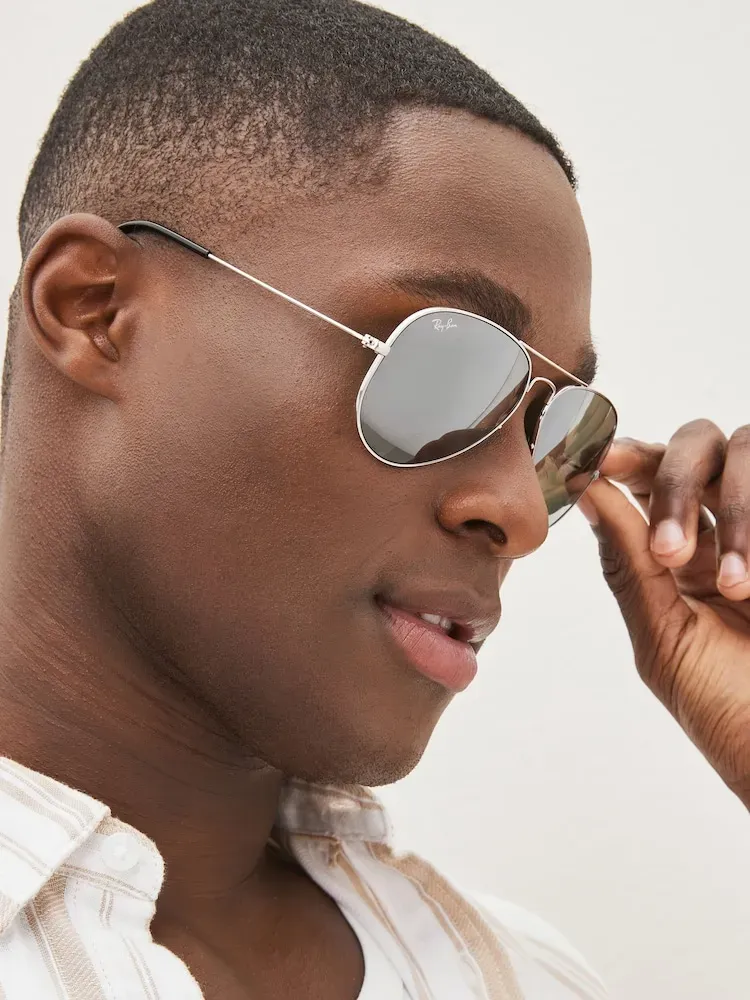
More Than Just the Classic Teardrop
so when most folks picture aviator sunglasses, they see the iconic teardrop shape, gold frame, and maybe green lenses. That's the OG, the standard bearer. But let's be real, not everyone's face is built for that exact shape, and honestly, sometimes you want to mix it up a bit. The world of aviators has expanded way beyond just that one look. You've got square aviators, rounder ones, even hexagonal versions popping up. Frame materials aren't limited to metal either; some brands are doing interesting things with acetate or combining materials. The bridge can be higher or lower, thicker or thinner. The temples can be straight or curved. It’s less about replicating the pilot look exactly and more about taking that fundamental cool factor and adapting it. Finding your perfect pair means looking beyond the basic blueprint and seeing what variations actually click with your personal vibe.
Matching the Shape to Your Face (Without Getting Too Annoying About It)
Alright, let's touch on face shape, because while style rules are meant to be broken, some shapes just work better than others. The classic teardrop aviator sunglasses tend to flatter oval, square, and heart-shaped faces because the curved bottom softens angular features and the width balances a wider forehead. If you have a rounder face, a squarer or more angular aviator can add definition. Got a long face? A slightly taller lens shape might be the move. It's not rocket science, but it's worth trying on different variations. Don't just grab the first pair of aviator sunglasses you see because they say "aviator" on the tag. Pay attention to how the proportions look on *your* face. Do they dwarf you? Do they pinch? Do they slide down your nose the second you tilt your head? These are the real questions.
- **Oval Face:** Most shapes work well, classic teardrop is a safe bet.
- **Round Face:** Look for squarer or more angular aviator styles to add definition.
- **Square Face:** Teardrop or rounder aviators can help soften strong jawlines.
- **Heart-Shaped Face:** Teardrop shapes balance a wider forehead.
- **Long Face:** Consider slightly taller lens shapes to add width.
Color, Lenses, and Personal Flair
Once you've got a handle on shape and fit, the fun really starts with color and lens options. While gold, silver, and gunmetal frames are staples, don't shy away from black, colored, or even patterned frames if they suit your style. Lenses come in a rainbow of tints now – blue, pink, mirrored, gradient. A mirrored lens adds an extra layer of cool (and hides your eyes when you're checking people out). A gradient lens, darker at the top and lighter at the bottom, is practical for driving. Beyond just aesthetics, think about function. Will you wear these primarily in bright sun (darker tint, maybe polarized)? For driving (gradient or brown)? Or are they purely a fashion statement? sunglasshub.org offers a variety of options to explore. Adding your own twist, whether it's an unexpected frame color or a flash lens, is how you take a classic like aviator sunglasses and make them uniquely yours.
Top Brands Crafting Quality Aviator Sunglasses
Top Brands Crafting Quality Aviator Sunglasses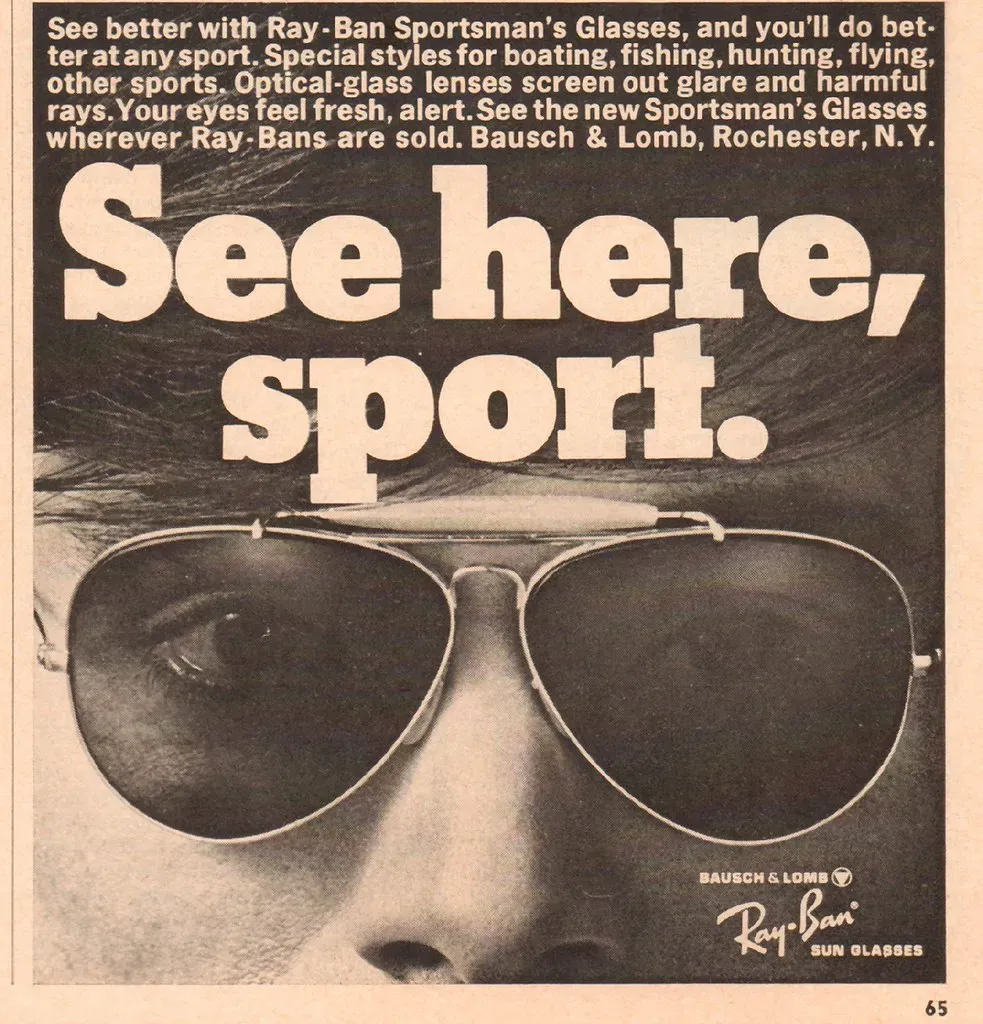
Randolph Engineering: Built for More Than Just Show
so if you're serious about the heritage and build quality of your aviator sunglasses, Randolph Engineering needs to be on your radar. These aren't fashion accessories first; they're tools, built to military specifications. For decades, Randolph has been supplying the US military with flight glasses, and that same rugged construction goes into their civilian line. We're talking solder joints that are six times stronger than the industry standard, frames that can be adjusted and repaired rather than just tossed, and lenses that meet some seriously stringent optical requirements. They're handmade in Massachusetts, which is a nice nod to American manufacturing. When you pick up a pair of Randolph aviator sunglasses, you can feel the difference. They have a weight and solidity that cheaper frames just don't possess. It's the kind of eyewear you buy once and wear for years, maybe even pass down.
Ray-Ban: The Originators (and Still Relevant)
You can't talk about aviator sunglasses without talking about Ray-Ban. They literally invented them. While Randolph might have cornered the military supply market later on, Ray-Ban brought the style to the masses and arguably made it the cultural icon it is today. Their classic Aviator model with the G-15 lens is the image most people conjure up. While the brand's ownership has changed hands and some manufacturing moved over the years, they still offer solid versions of the original design. You get that unmistakable look and instant recognition. They offer a massive variety of lens and frame color combinations, playing with the core design in ways that keep it fresh for different tastes. It's the accessible entry point to the world of quality aviators, offering that iconic shape with decent construction, though perhaps not the same level of over-engineered durability as a military-spec pair.
- **Randolph Engineering:** Military heritage, hand-soldered frames, repairable, built for durability.
- **Ray-Ban:** The original, iconic design, wide variety of styles and lens options, strong brand recognition.
- **Maui Jim:** Known for superior polarized lenses, often thicker frames, excellent for glare reduction.
- **Shady Rays:** More budget-friendly, focus on polarization and customer service (lost/broken replacements).
Finding Quality Beyond the Big Names
It's not just the giants playing in the aviator sunglasses space. Plenty of other brands are crafting quality versions, sometimes with unique twists. Look for companies that talk openly about their materials and manufacturing processes. Do they use optical-grade lenses? Are the frames made from durable metals? Are the hinges robust? Sometimes you find great value and interesting designs from smaller or newer players. The key is to do a little digging beyond just the look. Read reviews that talk about how the glasses hold up over time, not just how they looked out of the box. A good pair of aviator sunglasses is an investment, and it's worth spending a bit more for something that fits well, protects your eyes effectively, and won't fall apart after a season. You can often find a good selection across various price points and brands, including quality aviator sunglasses, by checking out sites like sunglasshub.org.
Keeping Your Aviator Sunglasses Looking Sharp: Care Tips
Keeping Your Aviator Sunglasses Looking Sharp: Care Tips
Alright, you've invested in a killer pair of aviator sunglasses, maybe even those tough-as-nails Randolphs or classic Ray-Bans. That's great. But they won't stay looking sharp and performing their job well if you just toss them on the dashboard or wipe the lenses with your shirt tail. Think of them like any other piece of quality gear – they need a little looking after. Proper care isn't just about aesthetics; scratched lenses compromise clarity and protection, and bent frames mean a poor fit and potential damage. Keeping Your Aviator Sunglasses Looking Sharp: Care Tips is less of a chore and more about simple habits that extend their life and keep them feeling like new. It’s about respecting the craftsmanship and materials you paid for.
- **Always use a case:** That soft pouch or hard shell case isn't just packaging; it's their safe house. Use it.
- **Clean properly:** Don't use paper towels or shirt fabric. Get a microfiber cloth and use a dedicated lens cleaner spray or just warm water and a mild soap.
- **Hold correctly:** When cleaning, hold the glasses by the frame you're cleaning, not the opposite temple. This prevents bending the frame.
- **Avoid extreme heat:** Leaving them on a hot dashboard is a quick way to warp frames and damage lens coatings.
- **Check screws:** Periodically check the tiny screws at the hinges and nose pads. Tighten them gently if they're loose.
More Than Just Shades: The Lasting Legacy of Aviator Sunglasses
So there you have it. Aviator sunglasses aren't just another trend that popped up and faded away. They've stuck around, moving from essential pilot gear to a bona fide style staple found everywhere from Hollywood sets to your local coffee shop. It's a design that works, plain and simple, offering a blend of function and form that few other styles can match. Choosing the right pair isn't just about blocking the sun; it's about finding a piece that feels right, something that reflects a bit of that enduring cool. Whether you opt for a classic teardrop or a modern square, a quality pair of aviators is an investment that pays off in both protection and presence. They've earned their spot in the eyewear hall of fame, and frankly, they aren't going anywhere.
